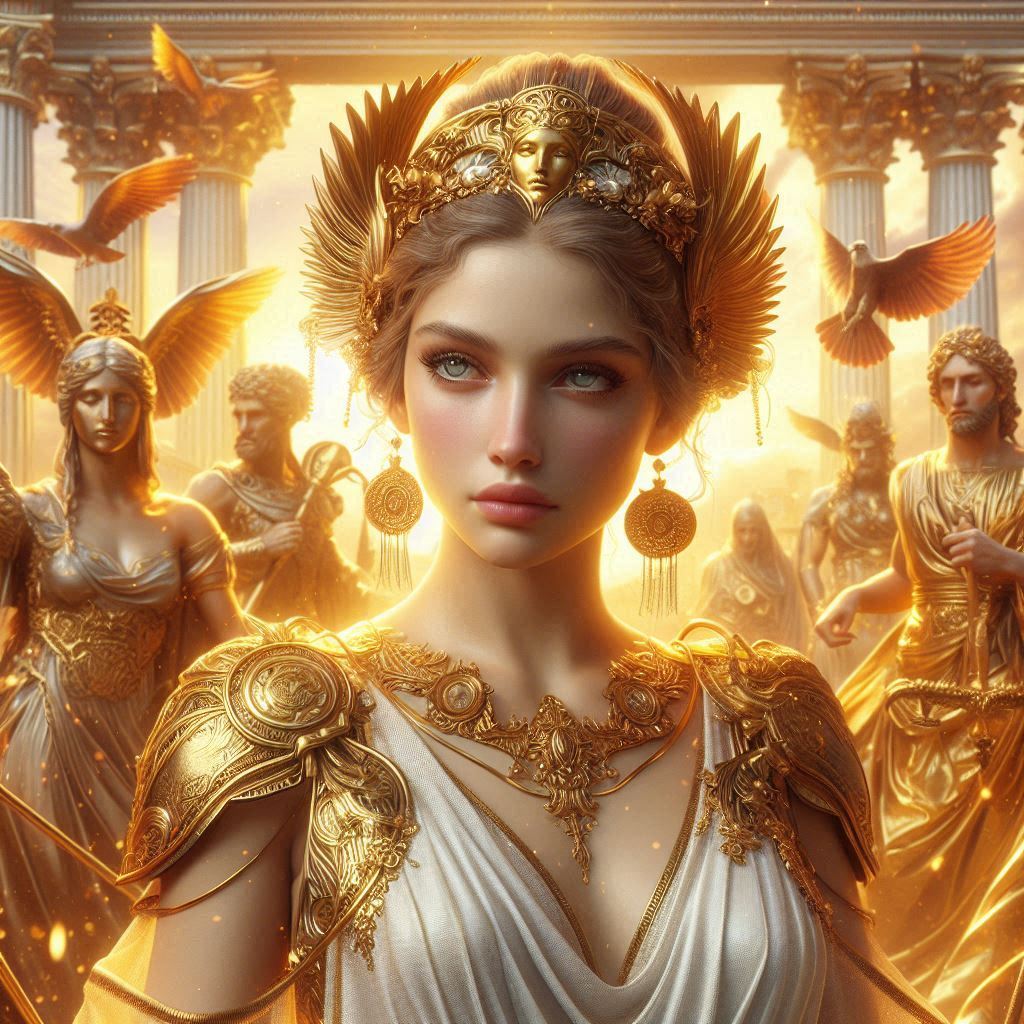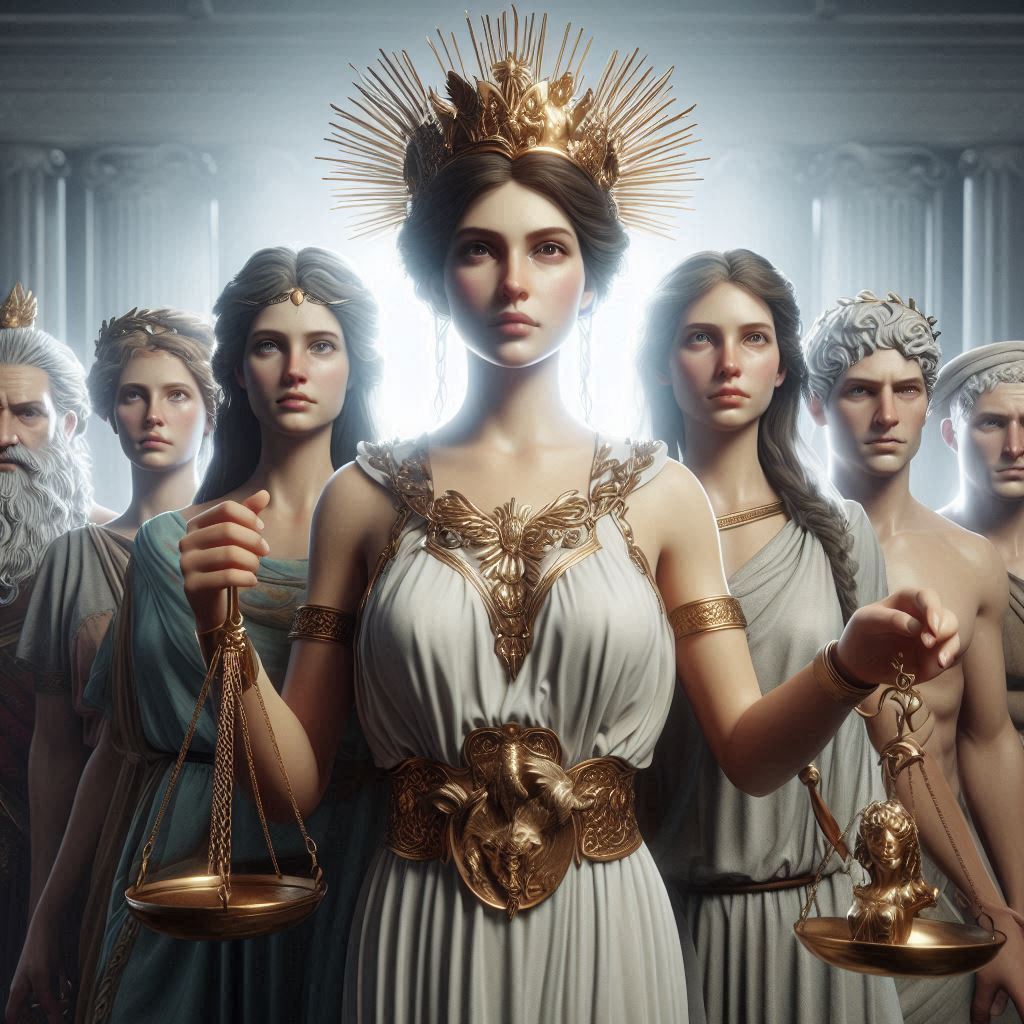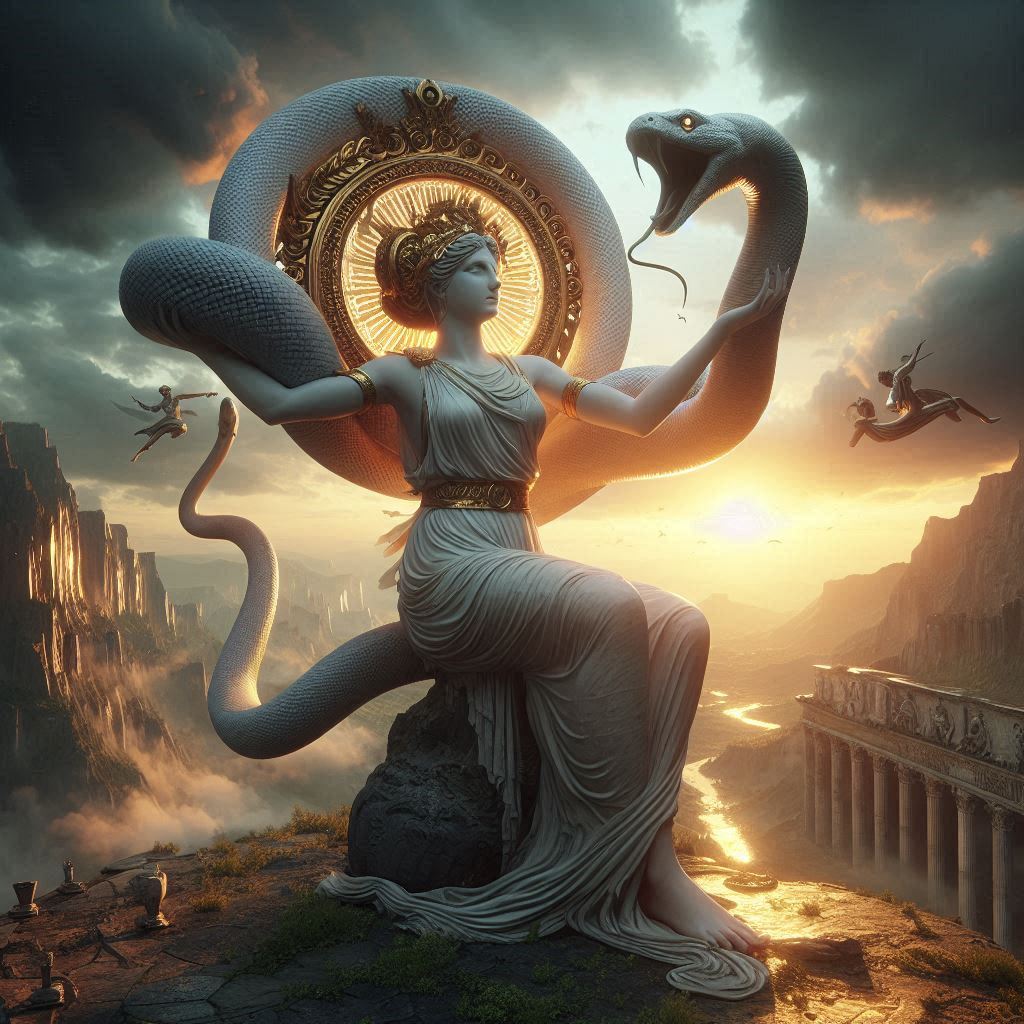Table of Contents
Essay on Victor Hugo’s The Hunchback of Notre-Dame
Victor Hugo’s The Hunchback of Notre-Dame (Notre-Dame de Paris), first published in 1831, is a towering work of French literature and a powerful commentary on the social, political, and philosophical conditions of 15th-century France. The novel delves deeply into themes of love, fate, social justice, and the contrast between tradition and progress, making it an essential piece for understanding not only Hugo’s literary evolution but also the broader historical forces at play in his time.

The Novel’s Structure and Setting
Set against the backdrop of Paris during the reign of King Louis XI, The Hunchback of Notre-Dame takes its title from the iconic cathedral, which serves as more than just a setting. The cathedral is a central character in itself, representing the enduring strength of tradition and the fragility of cultural heritage. Hugo uses it as a symbol of both beauty and decay, mirroring the personal struggles of the characters and the social conflicts of the period. The cathedral, in many ways, is a metaphor for the collective history and identity of France, and the story weaves individual destinies with the fate of the city and its architectural masterpiece.
Hugo’s detailed description of Paris, from its grandest structures to its most impoverished streets, underscores the contrast between wealth and poverty, grandeur and degradation. The city represents the intersection of political, religious, and social forces, creating a rich setting for the narrative. The focus on Gothic architecture also serves as a metaphor for the tension between the old and the new, which is a central theme of the novel.
Main Characters and Their Roles
At the heart of The Hunchback of Notre-Dame are its four main characters: Quasimodo, Esmeralda, Claude Frollo, and Phoebus de Châteaupers. Each of these figures represents key thematic concerns of the novel, particularly the interplay between love, power, and justice.
- Quasimodo: The tragic hero of the story, Quasimodo is the deformed bell-ringer of Notre-Dame. His physical appearance and social isolation make him an outcast, yet beneath his rough exterior, Quasimodo harbors a profound capacity for love. His affection for Esmeralda, despite his disfigurement, symbolizes an ideal of selfless, unconditional love that transcends outward appearances and societal status. Quasimodo’s life is marked by rejection and suffering, as he is a victim of both his deformity and the cruelty of those around him. His character speaks to the consequences of societal alienation and the destructive nature of superficial judgments.
- Esmeralda: A beautiful and free-spirited Romani dancer, Esmeralda embodies innocence and purity, and her beauty becomes the object of obsession for the men around her. She is simultaneously a symbol of temptation and victimhood, caught between the desires of various characters who seek to possess or control her. Esmeralda represents the vulnerability of those marginalized by society, particularly women and outsiders. Her tragic fate underscores the novel’s critique of a world that fails to protect those who are innocent and pure, showing how easily such individuals are destroyed by the very systems that should offer them protection.
- Claude Frollo: The archdeacon of Notre-Dame, Claude Frollo, is one of the most complex and tragic figures in the novel. He is torn between his religious duties and his obsessive desire for Esmeralda. His internal conflict drives him to cruel and destructive actions, and his obsession ultimately leads to his downfall. Frollo’s character represents the dangers of unchecked desire, particularly when it becomes entangled with religious duty. His struggle embodies the broader conflict between spiritual obligation and personal passion, a tension that results in the tragic events of the story.
- Phoebus de Châteaupers: Phoebus, a dashing but morally shallow soldier, represents the romanticized ideals of chivalric heroism. However, his infidelity and cowardice reveal him to be morally weak and incapable of true heroism. His superficial attraction to Esmeralda and his indifference to her fate stand in stark contrast to Quasimodo’s deep, self-sacrificial love. Phoebus’s character critiques the aristocracy and the superficiality of its values, serving as a foil to Quasimodo’s more authentic but tragic nature.
Themes and Symbols
The Hunchback of Notre-Dame is rich with themes, but one of the most prominent is the conflict between the old and the new, symbolized by the cathedral itself. Through the lens of the cathedral, Hugo explores the tension between tradition and modernity. The cathedral is both a symbol of cultural and spiritual continuity and a reminder of the destructive forces of progress that threaten to erase such history. In Hugo’s time, France was undergoing significant changes, and the novel reflects the anxieties of a society grappling with the consequences of the French Revolution and the rise of industrialization.
Another central theme is the question of justice. Throughout the novel, Hugo critiques the way society treats the marginalized and the outcast, and how those in power — whether religious, political, or military — exploit the vulnerable. Quasimodo’s unwavering loyalty to Esmeralda, despite his outward ugliness, highlights the inherent goodness in those whom society has rejected. On the other hand, characters like Frollo and Phoebus expose the moral decay hidden behind outward respectability and power.
The theme of fate versus free will also runs throughout the narrative. Each of the main characters seems trapped by forces beyond their control — Quasimodo by his deformity and isolation, Esmeralda by her status as a Romani woman, Frollo by his obsessive desires, and Phoebus by his cowardice. These forces shape their actions and contribute to their tragic fates, suggesting that human beings may be more subject to fate than to free will. However, the novel also raises questions about personal responsibility, as the characters’ choices, particularly Frollo’s, ultimately lead to their downfalls.
Conclusion
Victor Hugo’s The Hunchback of Notre-Dame is a powerful exploration of love, fate, justice, and social change. It is a narrative about the tensions between the old and the new, between tradition and progress, and between the human desire for love and the cruelty of societal norms. Through its vivid characters and the symbolic use of the cathedral, Hugo offers a rich commentary on the complexities of human nature and the institutions that shape society. Ultimately, The Hunchback of Notre-Dame is not only a timeless work of literature but also a plea for the preservation of cultural heritage and a call for greater compassion and justice in the treatment of the marginalized.


No responses yet